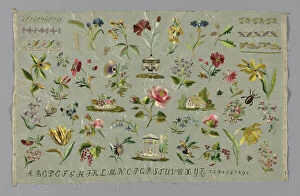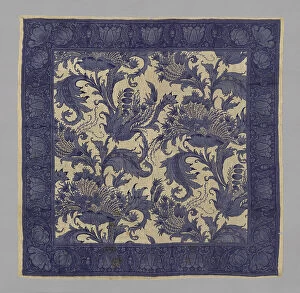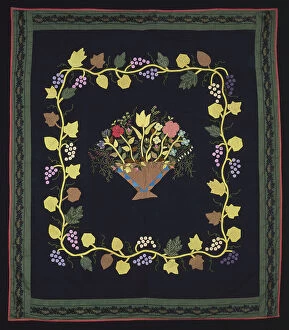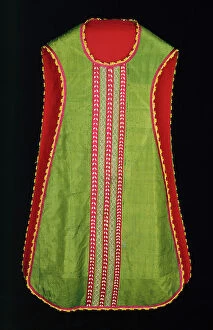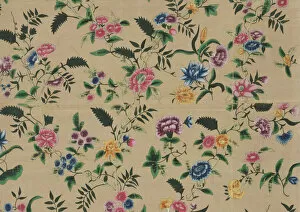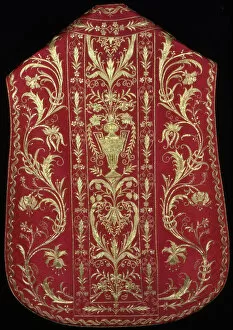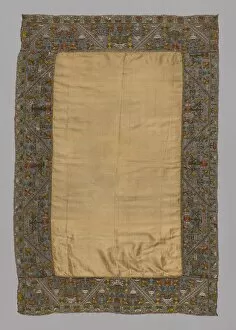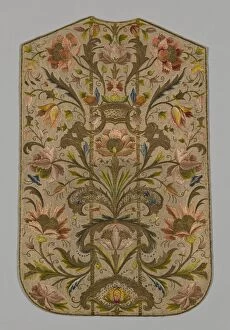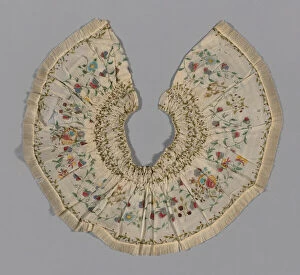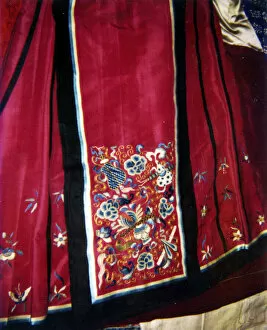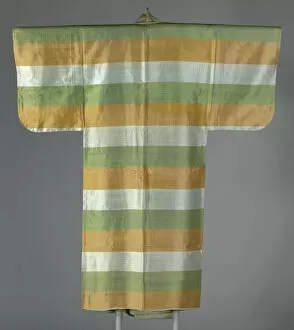Silk Plain Weave Collection
Silk Plain Weave: A Journey Through Time and Culture Step into the world of silk plain weave, a fabric that has adorned various artifacts throughout history
For sale as Licensed Images
Choose your image, Select your licence and Download the media
Silk Plain Weave: A Journey Through Time and Culture Step into the world of silk plain weave, a fabric that has adorned various artifacts throughout history. From the elegant dresses of 18th-century China to religious vestments in Italy, this versatile textile has left its mark on numerous creations. In the Qing dynasty of China (1644-1911), an unknown creator crafted a stunning panel dress fabric using silk plain weave. The intricate patterns and delicate threads showcase the mastery of Chinese craftsmanship, transporting us back to a time when fashion was both art and culture. Moving westward to Italy, we encounter another anonymous artist who designed a chasuble, stole, maniple, and burse between 1775 and 1825. These ecclesiastical garments reflect the opulence and grandeur associated with religious ceremonies during that era. Silk plain weave adds an extra layer of elegance to these sacred pieces. Crossing over to New York in the early 19th century, needlework artists Ann and Sarah depicted their skills through intricate embroidery on silk plain weave. Their picture showcases not only their talent but also highlights how this fabric was cherished across continents as it made its way from Asia to America. Heading back to Italy in the late 17th or early 18th century, we find ourselves captivated by a chalice cover or portion of a burse created by an unknown artisan. The vibrant colors woven into silk plain weave tell stories of faith and devotion while adding splendor to religious rituals. Traveling northwards brings us face-to-face with an English casket depicting scenes from the Old Testament dating back to 1668. This exquisite piece demonstrates how they are be used not only for clothing but also for decorative purposes such as furniture adornment. Returning once more to Italy in the 17th century, we discover a table cover whose creator remains anonymous yet again.



